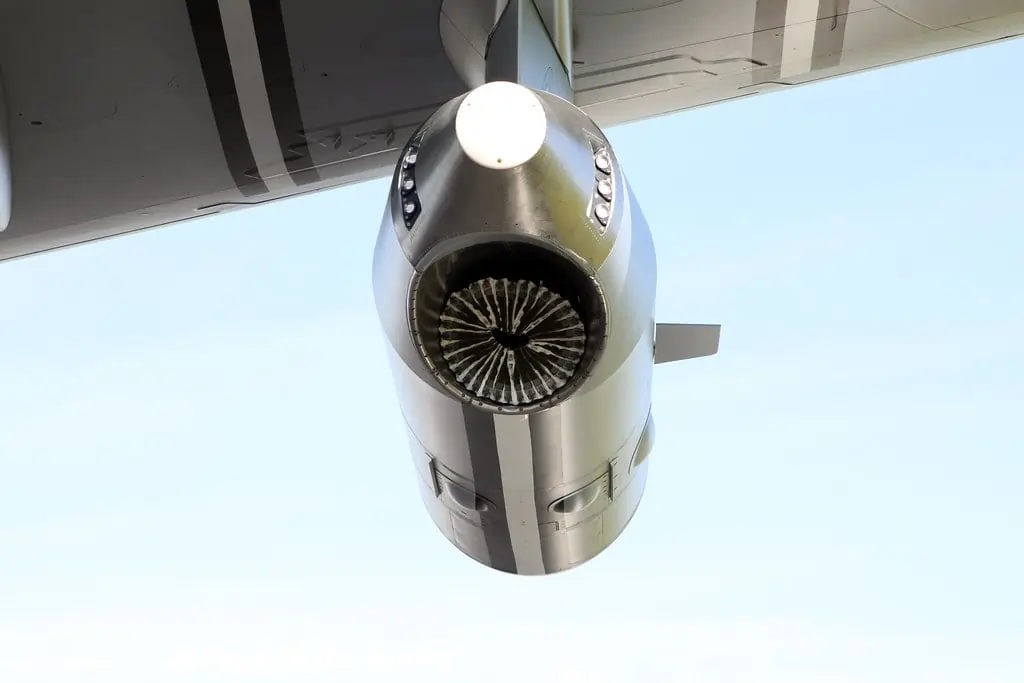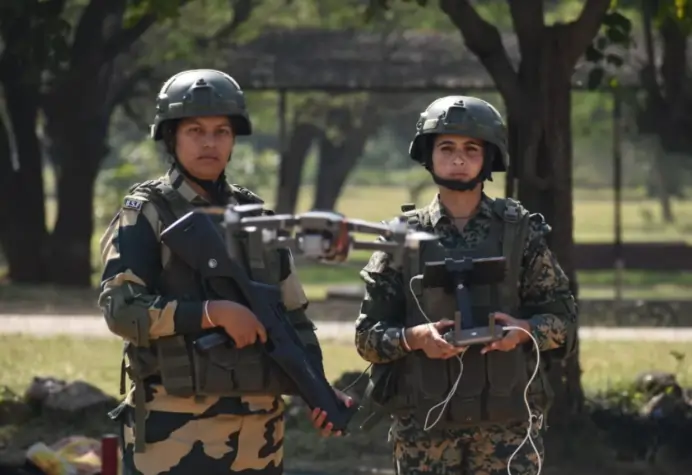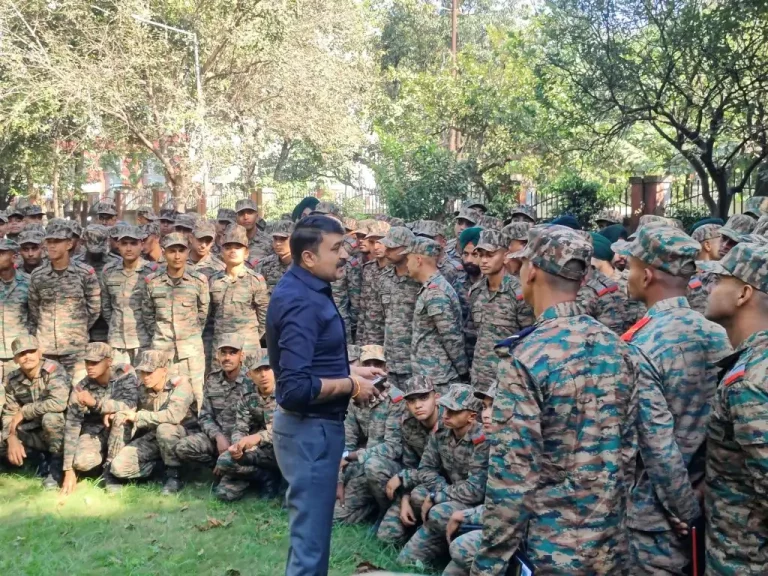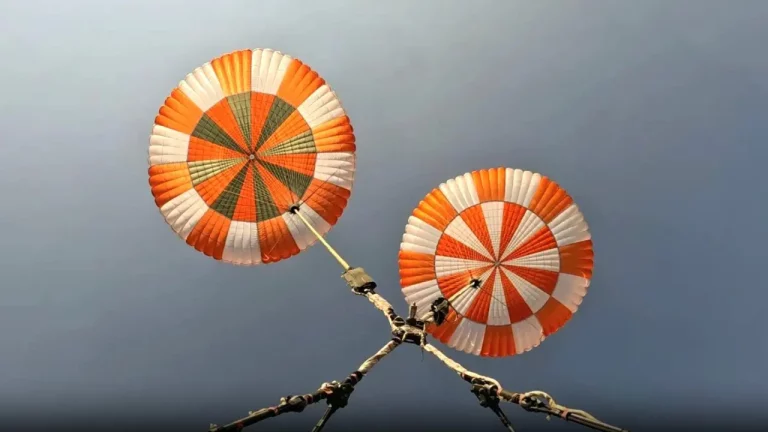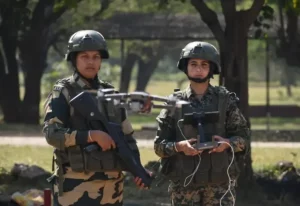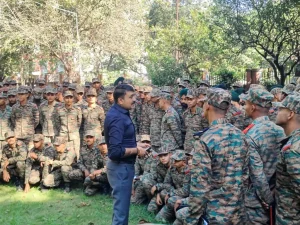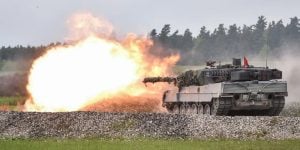In a significant advancement for India’s aerial combat capabilities, the Defence Research and Development Organisation (DRDO) has initiated a Request for Information (RFI) through its Technology Development Fund (TDF) to facilitate the indigenous development of Air-to-Air Refuelling Pods (ARP Pods). This move aims to bolster the Indian Air Force’s (IAF) operational endurance while fostering self-reliance in crucial refuelling technologies.
Air-to-air refuelling is crucial for extending the operational range and endurance of combat aircraft, allowing them to conduct sustained missions across vast distances. The development of indigenous ARP Pods aligns seamlessly with India’s Atmanirbhar Bharat initiative, aimed at reducing reliance on foreign suppliers for sensitive military technologies. This shift is expected to provide the IAF with greater operational flexibility and capability.
The RFI outlines that the ARP Pod will consist of a modular system designed for integration with IAF tanker and multi-role transport aircraft. The proposed architecture includes two wing-mounted pods, with an optional third fuselage pod to enhance operational efficiency. The refuelling mechanism will utilize hose-and-drogue systems for fuel transfer under pressure, and the entire process will be centrally controlled from a designated refuelling operator station.
The TDF is actively seeking proposals from Indian industries, micro, small, and medium-sized enterprises (MSMEs), as well as research organizations for the design, development, and production of next-generation refuelling pods. Key objectives include ensuring high-reliability refuelling performance, seamless integration with existing aircraft, and compatibility with hose-and-drogue systems. Furthermore, the RFI emphasizes the necessity of technology transfer, local manufacturing, and sustained support as part of the development agenda.
Operationally, the proposed system must deliver high fuel rates, maintain precision during dynamic flight conditions, and exhibit robust performance across environmental challenges. Essential user requirements encompass advanced sensors, real-time monitoring systems, and automatic cut-off features to guarantee safety and operational accuracy.
This initiative signifies a decisive boost to the Indian defence industry, encouraging private sector involvement and innovation in defence manufacturing. Through the TDF framework, DRDO aims to involve start-ups and MSMEs, thereby creating a sustainable ecosystem for aerial refuelling technology. This could potentially pave the way for export opportunities in the future.
As detailed submission guidelines appear on the TDF project portal, proposals were invited in late 2025, with the evaluation and selection process anticipated to conclude by early 2026, ensuring a swift trajectory for development and deployment.
The DRDO’s ARP Pod program represents a strategic leap forward in enhancing India’s indigenous aerial refuelling capabilities. Once implemented, it is expected to significantly improve the IAF’s mission endurance, deep-strike reach, and joint-force interoperability, marking a pivotal step in India’s development as a hub for advanced aerospace technologies.
